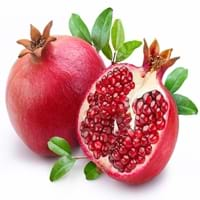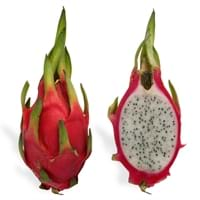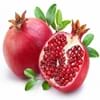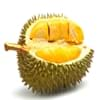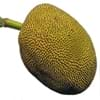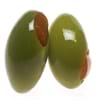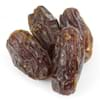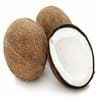Health Benefits
Cancer prevention, Heart care, Helps in cartilage regeneration, Improves stomach health, Increase in haemoglobin, Increases metabolic rate, Prevents constipation
Anti-oxidant properties, Anti-aging benefits, Maintains healthy cholesterol level, Weight loss properties
General Benefits
Boosts immune system, Controls blood pressure, Controls blood sugar levels, Digestive aid, Maintains healthy cholesterol level
Helps in weight loss, Suppresses Arthritis
Skin Benefits
Anti-aging benefits, Skin rejuvenation, Treatment of acne
Anti-aging benefits, Heals sunburn, Treatment of acne
Hair Benefits
Prevents hair loss, Promotes longer and healthier hair, Treatment of dandruff
Treatment of colored hair
Allergy Symptoms
Abdominal pains, Anaphylaxis, Itching
NA
Side Effects
Allergic reaction, Cold, Breathing difficulty, Irritation, Swelling
NA
Lactating Women
Yes
Not Available
Best Time to Eat
Best if taken as a breakfast (or empty stomach), As a snack in the late afternoon, Eat the fresh ones, avoid mixing with any other foods, don't eat after meal., Morning time (before lunch)
Any time except an hour after meal, Don't consume at night and before bed
Vitamin A (Retinol)
Not Available
Vitamin B5 (Pantothenic Acid)
Not Available
Vitamin B6 (Pyridoxin)
Not Available
Vitamin B9 (Folic acid)
Not Available
Vitamin C (Ascorbic Acid)
Vitamin E (Tocopherole)
Not Available
Vitamin K (Phyllochinone)
Not Available
Lutein+Zeaxanthin
Not Available
Calories in Fresh Fruit with Peel
Not Available
Calories in Fresh Fruit without Peel
Not Available
Calories in Frozen Form
Not Available
Not Available
Calories in Dried Form
Not Available
Calories in Canned Form
Not Available
Not Available
Calories in Pie
Not Available
Type
Tree fruit
Berry, Citrus, Fruit vegetable, Melon, Tree fruit, Tropical
Season
Autumn
Early fall, Summer
Varieties
Balegal, Crab, Cloud, Francis, Freshman and Granada
Selenicereus megalanthus and Hylocereus polyrhizus
Color
Dark red, Light pink-red
Magenta, Pink
Origin
India, Iran
Central America, Mexico
Climatic Conditions
Cold, Dry, Hot
NA
Facts about
- Pomegranate means apple with many seeds.
- It was called as the “apple of Grenada” in early English.
- In Hinduism, this fruit symbolizes prosperity and fertility.
- Pomegranate trees can live upto 200 years.
NA
Other Countries
Africa, India, Middle east, Pakistan
NA
Top Importer
Europe
China
Top Exporter
India
Vietnam
Botanical Name
Punica granatum
Hylocereus undatus
Synonym
Punica malus
Pitaya, Red Pitahaya, Night blooming Cereus, Strawberry Pear, Belle of the Night, Conderella plant
Subkingdom
Tracheobionta
Tracheobionta
Division
Magnoliophyta
NA
Class
Magnoliopsida
Not Available
Subclass
Rosidae
Liliidae
Order
Myrtales
Caryophyllales
Family
Lythraceae
Cactaceae
Species
P. granatum
H. undatus
Generic Group
Pomegranate
Cactus
Compare Pomegranate and Dragonfruit
It is important compare Pomegranate and Dragonfruit as both the fruits have a different nutritional value. Their comparison can be done on the basis of their vitamin and mineral content, calories, benefits as well as characteristics, making it easier for us to choose the best fruit for our diet. Their general health benefits are as follows:
Pomegranate Benefits: boosts immune system, controls blood pressure, controls blood sugar levels, digestive aid and maintains healthy cholesterol level.
Dragonfruit Benefits: helps in weight loss and suppresses arthritis.
Fruits are also used as a remedy for various hair problems. The hair benefits of Pomegranate are: prevents hair loss, promotes longer and healthier hair and treatment of dandruff and hair benefits of Dragonfruit are: treatment of colored hair. Some fruits are known to cause allergic reactions. The allergy symptoms of first fruit are: abdominal pains, anaphylaxis and itching and the symptoms of second fruit are: na. Get sorted Pomegranate vs Dragonfruit comparison with the help of fruit comparison tool by fruitvs.com.
